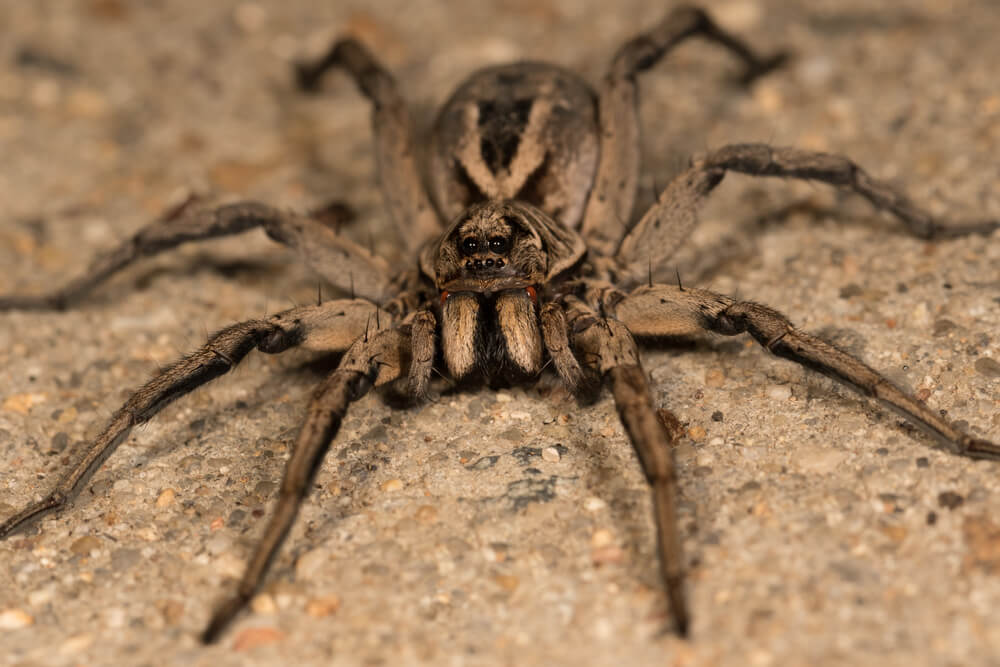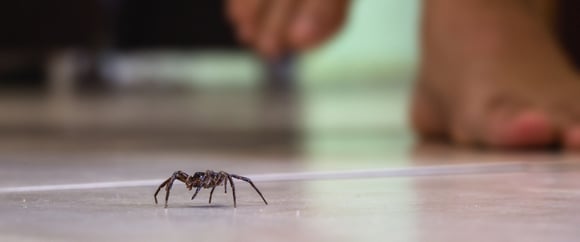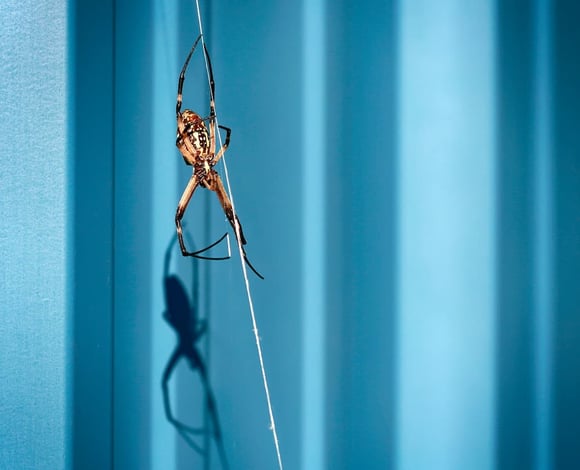Get to Know the Spider Neighbors in Your Texas Home: The Fascinating World of Texas Wolf Spiders
Wondering what kind of spiders are lurking around your property? If so, you're in the right place! In this blog post, we'll explore the fascinating world of wolf spiders, particularly those found in the Lone Star state. You'll learn about their behavior, habitat, appearance, and interesting facts about these creatures that often go unnoticed. So, let's get started.
Firstly, let's make sure we're on the same page when it comes to wolf spiders. They are a type of spider, often found in the woods, fields, meadows, and yes, even your home. They're a common sight in Texas, particularly because of the state's warm and humid climate. So, if you see a fuzzy, dark-colored spider darting across your floor, it's likely a wolf spider. But don't be alarmed, because contrary to popular belief, wolf spiders aren't venomous and pose no threat to humans.
Now, let's focus on the Texas wolf spider. There are several different species of wolf spiders in Texas, but the most common one is Hogna carolinensis. It can be found throughout the state, from the coastal plains to the rocky hillsides. The Texas wolf spider has a distinctive appearance, with a hairy, brown body, and patterns resembling tiger stripes on its legs. It can grow up to two inches in size, making it one of the largest wolf spider species in the United States.
One of the most interesting things about wolf spiders is their hunting behavior. Unlike most spiders, which spin webs to catch their prey, wolf spiders actively pursue their food. They have excellent eyesight and can detect movement from far away. Once they spot their prey, they run after it and use their speedy legs to capture it. Fun fact: wolf spiders have a unique arrangement of their eyes, with four small eyes in the first row and two large ones in the second row. This helps them see in 3D, giving them an advantage in chasing down their prey.
Another fascinating aspect of wolf spiders is their maternal instincts. Female wolf spiders carry their eggs in a special sac attached to their spinnerets, giving them the nickname "nursery web spiders." Once the eggs hatch, the mother spider carries her spiderlings on her back, providing protection and transportation until they're ready to fend for themselves. If you're lucky enough to spot a female wolf spider carrying her babies, it's quite a sight to behold.
We're almost at the end of our wolf spider exploration, but before we go, let's tackle a crucial question: how do you deal with wolf spiders if they're invading your home? While they pose no danger to humans, their presence can be a nuisance. One way to prevent wolf spiders from entering your home is by eliminating their food source, such as flies, ants, and other insects. Also, make sure to seal any cracks or openings in doors, windows, and walls to prevent them from crawling in.
In conclusion, wolf spiders may not be the most popular type of spider, but they're undoubtedly a fascinating creature to observe and learn about. As a female homeowner in Texas, it's always a good idea to know what kind of spiders are living in your home and how to coexist with them peacefully. Hopefully, this blog post has given you a newfound appreciation for wolf spiders and their unique qualities. Happy spider watching!
Interesting Facts About Spiders:
Spiders, part of the arachnid family, are one of the most diverse and fascinating creatures on the planet. There are around 45,000 known species of spiders, each with its own unique characteristics and adaptations. They can be found in nearly every habitat on earth, from the hottest deserts to the coldest mountains, making them one of the most widely distributed animals.
Here are three intriguing facts about spiders:
-
Web-Spinning Mastery: Spiders are renowned for their ability to spin intricate webs. These webs are made of silk, which is produced in the spider's abdomen. Interestingly, different species of spiders can produce different types of silk - some are sticky, others are not. The spider's web serves multiple purposes, including capturing prey, providing shelter, and facilitating reproduction.
-
Venom and Fangs: Almost all spiders are venomous, as they use their venom to paralyze or kill their prey. However, only a few species are dangerous to humans. The potency and effects of spider venom vary greatly. For example, the bite of the Brown Recluse Spider can cause necrotic skin lesions, while the Black Widow's bite can lead to severe pain, muscle rigidity, and even systemic effects.
-
Jumping Spiders' Vision: Jumping spiders have some of the best vision among invertebrates. They have four pairs of eyes that allow them to see in almost all directions at once. This excellent vision aids them in hunting, as they do not build webs to catch prey but rather stalk and pounce on them like cats.
Now, let's talk about some notable venomous and non-venomous spiders.
The Sydney Funnel-web Spider and the Brazilian Wandering Spider are among the most venomous spiders in the world. Their venom contains potent neurotoxins that can be lethal to humans. They are usually found in warm, humid environments. The Sydney Funnel-web Spider is native to Australia, while the Brazilian Wandering Spider is found in Central and South America.
On the other hand, the non-venomous spiders such as the common house spiders, orb-weavers, and daddy longlegs, pose no threat to humans. They typically feed on insects and play a crucial role in controlling pest populations. These spiders can be found in a variety of habitats, from houses to gardens, forests, and fields.
Spiders, whether venomous or non-venomous, are fascinating creatures that play an essential role in our ecosystem. Despite the fear they often provoke, most spiders are harmless and prefer to avoid human interaction whenever possible.







